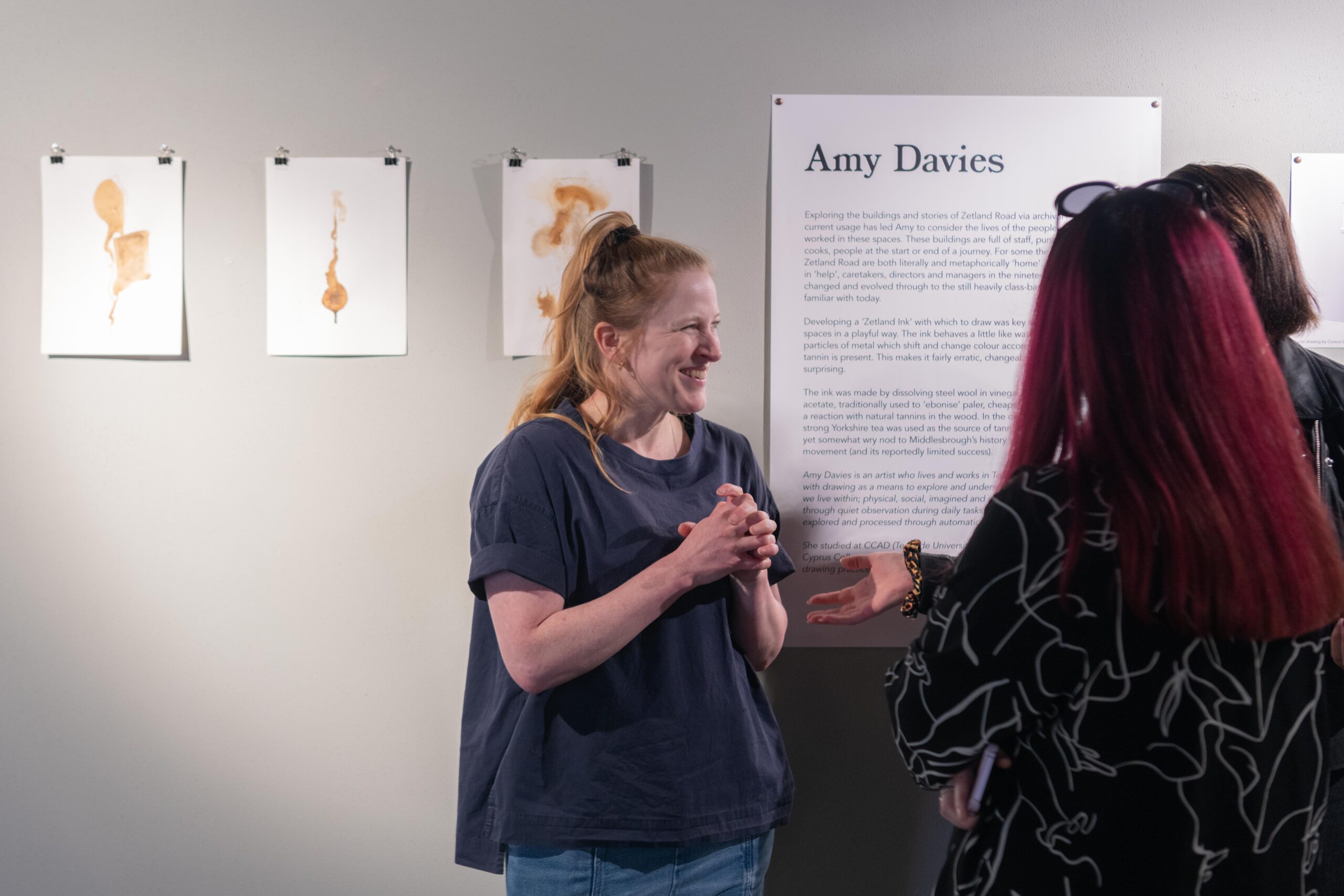
Observations from an Artist’s Workspace

Welcome to the 297th installment of A View From the Easel, a series in which artists reflect on their workspace. This week, artists turn branches into sculptures and begin the work day by playing with their cat.
Want to take part? Check out our submission guidelines and share a bit about your studio with us through this form! All mediums and workspaces are welcome, including your home studio.
How long have you been working in this space?
Over 30 years.
Describe an average day in your studio.
An average day usually begins with a walk surrounding my studio where I collect tree limbs and branches that have fallen to the ground. During these walks, I also figure out how to engineer my sculptures and make all the small parts fit and connect. There’s a lot of thinking and “non-studio” time to create my work. I then haul the sticks up to my studio.
I frequently start my day with what I call my “morning drawings.” They are completed in a couple of days as opposed to my sculptures, which can take months to build. It’s a way for me to get out my art endorphins! After drawing, I get to my wood sculptures. I start out with a sketch for a sculpture that acts like a road map. To create my forms, I look for shapes found in each stick and then cut small naturally formed shapes and join them using dowels and wood glue. I then make a putty, wait for it to dry (thus, I am always waiting for the glue to dry, so I work on a couple of sculptures at once), sand the work, and reapply the putty. My sculptures are made from hundreds of small pieces of wood that have been meticulously crafted together. I think of my work as drawing, but in wood, and call it the ultimate recycling. I take nature’s detritus and turn it into art.
How does the space affect your work?
Each of my sculptures feeds off of the next one, so it’s truly a constant cycle of influence and informing. It’s a common language that I’ve created and am surrounded by. Recently, I was in six different shows at the same time and over 50 of my sculptures were out at exhibitions. I really loved having all that blank space again, but I found I also missed being surrounded by my work.
How do you interact with the environment outside your studio?
I have friends nearby who are artists that I get together with … but lately, I am finding that I will go and visit galleries where my friends are showing. Working in my studio is a solitary existence, so it’s good to get out every once in a while and connect with others. There’s also the vibrant online Instagram community of all my artist peeps.
What do you love about your studio?
I love the light in my studio. I love that I have heat, running water, AC, and a ceiling fan. I don’t ever take these comforts for granted. Over the years, I’ve had some very funky studios. I love that I’ve created a space that is uniquely mine and I feel free to create daily.
What do you wish were different?
Of course … the sculptor’s dilemma … more space! I used to think my studio was large, but now I’m thinking of getting a storage facility. I keep making artwork, and all that artwork takes up space.
What is your favorite local museum?
Katonah Museum of Art. They now have a wonderful exhibition of Leonora Carrington.
What is your favorite art material to work with?
Wood — but I’m looking forward to casting more of my work into bronze.
Franz Caba, Santo Domingo, Dominican Republic
How long have you been working in this space?
Three years and counting.
Describe an average day in your studio.
I have a fluctuating work schedule — it usually depends on whether I have a project or a show going on. But in general terms, I start by opening the studio windows around 9am. Most of the time, I’m working on several pieces at once; I’d like to think it keeps me from getting bored or overwhelmed. My daily ritual begins with a cup of coffee and some playtime with my cat, Iro. During work hours, I’m usually listening to music — it deeply influences the work I’m doing at the moment. I also tend to call my friends and gossip for hours while I paint. Sometimes I think that makes my work a collective piece, in a funny way.
How does the space affect your work?
I’ve never really thought about how my work is affected by the places I’m working in. I guess the most accurate answer would be that they determine certain formats and techniques I can use.
How do you interact with the environment outside your studio?
The place where I live and work is surrounded by nature — sometimes it even looks like a jungle, with beautiful trees and plants. There’s also a